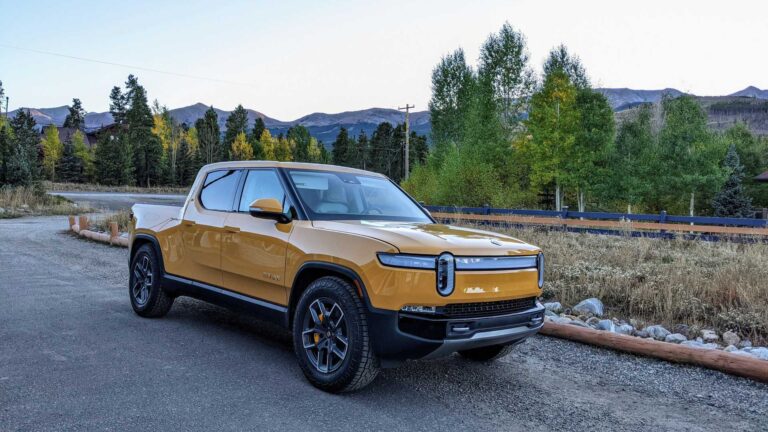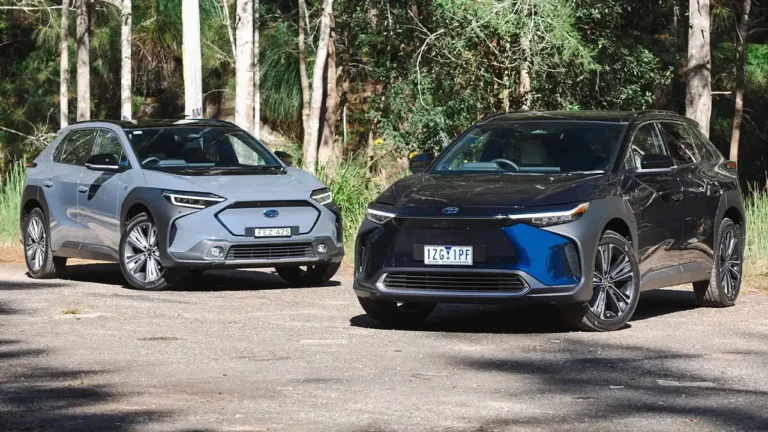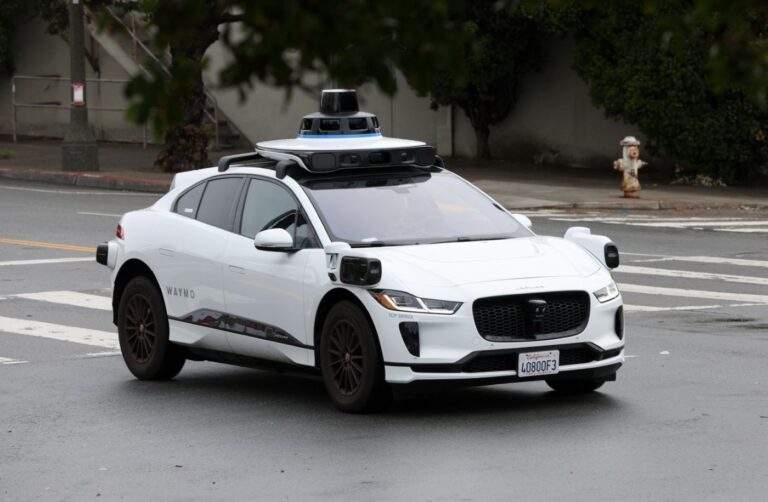Japanese automotive giant Toyota has introduced its most affordable battery electric vehicle (BEV) to date, the bZ3X, in China. This launch aims to challenge the common perception that Japanese EVs are expensive and lack intelligence.
Toyota’s joint venture with GAC Group, GAC Toyota, officially unveiled the bZ3X at an event last night. The model starts at RMB 109,800 ($15,150), marking Toyota’s first pure electric SUV in the RMB 100,000 price range.
The bZ3X’s pricing and specifications appear highly competitive. Shortly after its launch, GAC Toyota announced that the model had received over 10,000 orders within the first hour.
Following the price announcement, GAC Toyota’s website experienced a surge in traffic, causing its server to crash, the automaker revealed.
The bZ3X is available in seven variants—five without LiDAR and two equipped with LiDAR—making GAC Toyota the first joint venture car brand in China to incorporate LiDAR technology.
The five non-LiDAR variants are priced at RMB 109,800, RMB 119,800, RMB 129,800, RMB 139,800, and RMB 159,800, respectively. Meanwhile, the two LiDAR-equipped versions start at RMB 149,800 and RMB 159,800.

For a limited time, GAC Toyota is offering purchase incentives that lower the starting prices of the seven variants to RMB 104,800, RMB 114,800, RMB 124,800, RMB 134,800, RMB 154,800, RMB 139,800, and RMB 149,800, respectively.
The bZ3X is Toyota’s second SUV under the bZ lineup, following the bZ4X. The bZ4X, which debuted on October 10, 2022, currently has a starting price of RMB 179,800 in China.
Toyota’s bZ series also includes the electric sedan bZ3, launched by FAW Toyota, another joint venture in China. The bZ3, which went on sale on April 16, 2023, has a starting price of RMB 169,800.
The bZ3X features a traditional SUV design with a length of 4,600 mm, a width of 1,850 mm or 1,875 mm, a height of 1,600 mm or 1,645 mm, and a wheelbase of 2,765 mm.
Inside, the model is equipped with a large horizontal center screen, similar to Tesla vehicles, measuring 14.6 inches. The infotainment system runs on a Qualcomm Snapdragon 8155 chip, a commonly used solution in mainstream Chinese EVs. However, many mid-range and high-end models are now transitioning to the newer Qualcomm Snapdragon 8295 cockpit chip.
The two LiDAR-equipped bZ3X variants utilize the 5.0 smart driving system developed by Chinese autonomous driving startup Momenta. Their hardware includes an Nvidia Orin X chip, delivering 254 TOPS of computing power.
With this system, the Toyota bZ3X enables full-scenario NOA (Navigate on Autopilot) functionality without requiring HD maps.

The model is powered by a single electric motor available in two configurations—150 kW or 165 kW. It offers CLTC range options of 430 km, 520 km, and 610 km.
Japanese automakers, including Toyota, have struggled to keep pace with China’s rapid transition to electrification in recent years.
While there is no direct data on Japanese EV sales in China, they have never ranked among the country’s top-selling models. However, figures from the China Passenger Car Association (CPCA) provide some insight.
In January, new energy vehicle (NEV) penetration at retail reached 41.5 percent, marking a 9-percentage-point increase year-over-year but a 7.9-percentage-point decline from December.
The retail penetration rates for NEVs in January were 60.6 percent for domestic brands, 20 percent for luxury brands, and just 3 percent for mainstream joint venture brands.



